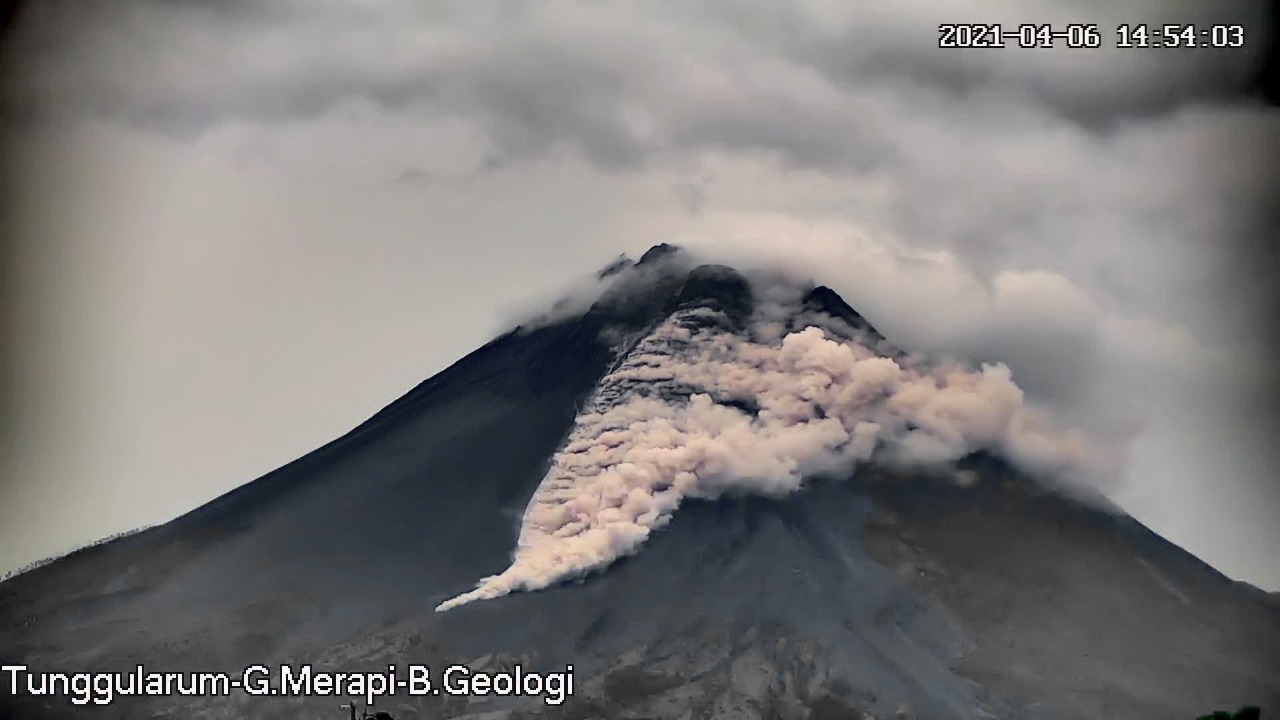
April 07 , 2021 .
Saint Vincent , Soufrière Saint Vincent :
SOUFRIÈRE ACTIVITY BULLETIN, APRIL 05, 2021, 6:00 p.m.
1. The new swarm of Volcano-Tectonic (VT) earthquakes which began at the La Soufrière Volcano at 6:38 am continued at a fairly constant rate before starting to decline at about 2:00 p.m. Activities declined significantly at 4:00 p.m. although small Volcano-Tectonic earthquakes were still being recorded.
2. The current swarm of Volcano-Tectonic earthquakes have been located at a depth about 6 km below the summit of the La Soufrière Volcano. This is slightly deeper than those recorded between March 23 and 25, 2021 which were located at depths from 3 to 5 km below the summit. (Earlier estimates of these swarms were revised from 10 km to 3 to 5 km).
3. The largest Volcano-Tectonic earthquake was recorded at 2:16 pm , with a magnitude of 3.9. There were nine more Volcano-Tectonic earthquakes in the swarm with magnitudes of 3.0 or more.
4. Today’s swarm of Volcano-Tectonic earthquakes were also much more intense compared to those which occurred during the period March 23-25 and contained many more small earthquakes, with an average rate of about 50 earthquakes per hour compared with 1.5 per hour in March.
5. There were several reports of earthquakes being felt today in communities close to the La Soufrière Volcano such as Fancy and Chateaubelair.
6. The alert level remains at Orange. The National Emergency Management Organisation is reminding the public that no evacuation order or notice has been issued.
7. The National Emergency Management Organisation (NEMO) is also encouraging residents especially persons living in communities close to the volcano to be prepared in the event that it becomes necessary to evacuate at short notice.
Source : UWI.
Photo : MVO, Thomas Christopher.
Italy , Stromboli :
Weekly bulletin from March 29, 2021 to April 04, 2021, (issue date April 04, 2021)
SUMMARY OF THE STATE OF ACTIVITY
In the light of surveillance data, it is highlighted:
1) VOLCANOLOGICAL OBSERVATIONS: Normal explosive volcanic activity of strombolian type. The total frequency of events showed values ranging from medium to low levels (5 to 9 events / h). The intensity of the explosions varied from low to medium-high in the North crater area and medium-high in the Center-South area.
2) SEISMOLOGY: The monitored seismological parameters do not show significant variations.
3) DEFORMATIONS: No significant change to report
4) GEOCHEMISTRY: SO2 flux: medium-low level
C / S ratio: the values are on average levels (C / S = 5.64 from 04-04-2021).
Isotope ratio of He: the values of the last sample (03/25/2021) show a slight decrease in the average values.
5) SATELLITE OBSERVATIONS: The thermal activity in the summit area is at a medium-low level.
Photo of the crater area on March 31 taken by the FlyEye OE team as part of the UN departmental project activities, with different colors the different areas of the crater are highlighted:
CS1 in yellow, CS2 in orange, CS3 in dark red; N1 light green, N2 dark yellow and with red circles the active craters.
VOLCANOLOGICAL OBSERVATIONS
In the period under observation, the eruptive activity of Stromboli was characterized by the analysis of the images recorded by the surveillance cameras INGV-OE located at an altitude of 190 m, Punta Corvi and an altitude of 400 m.
Due to adverse weather conditions, the visibility of the crater terrace on April 4 was insufficient for a correct description of the eruptive activity.
Volcanological observations from on-site inspections on April 2 and 3, 2021.
On March 31, April 2 and 3, the staff of I.N.G.V. – O.E. with the help of I.N.G.V. de Pisa carried out inspections in the area of the summit of the volcano to describe the morphological changes, the tendency of explosive activity and perform a sampling of the products emitted.
Zone N1 showed 2 vents with low to medium intensity explosive activity of mostly coarse material mixed with ash, while zone N2 showed 1 cone with 2 fumarolic vents and one hornito, with almost zero activity.
The CS1 zone showed 2 mouths side by side; the most northerly is a slightly structured cone with pulsating activity; the southernmost, in the lowest position, occasionally produced explosive activity emitting coarse matter with low to medium intensity.
The CS2 zone, with 3 emission points with a South-West / North-East orientation, showed an explosive activity of varying intensity from medium to low emitting coarse materials mixed with ash, sometimes even fine material. .
A structured cone with low activity was observed in zone CS3, sporadically producing modest explosions of reddish ash.
Volcanological observations from surveillance cameras.
In the area of the North crater, the N1 crater, at two emission points, produced explosions of medium-high intensity (sometimes the products reached 250 m in height) emitting coarse materials (lapilli and bombs). The N2 muzzle mainly showed low intensity explosive activity emitting fine material mixed with coarse material. The average frequency of explosions varied from 2 to 6 events / h.
In the Center-South zone, the explosions emitted coarse materials mixed with ash with an average and sometimes high intensity (the products exceeded 250 m in height). The explosive activity showed average hourly frequency values between 1 and 4 events / h.
Source : INGV
Photos : INGV , Webcam.
Italy/ Sicily , Etna :
Weekly bulletin from March 29, 2021 to April 04, 2021, (issue date April 04, 2021)
SUMMARY OF THE STATE OF ACTIVITY.
In the light of surveillance data, it is highlighted:
1) VOLCANOLOGICAL OBSERVATIONS: Paroxysmal episode at the Southeast Crater; Strombolian intracrater activity at the Northeast Crater, the Bocca Nuova Crater and the Voragine Crater with occasional and diluted volcanic ash emissions.
2) SEISMOLOGY: Weak seismic activity of fracturing; The amplitude of the tremor ranged from medium-low levels to high levels recorded during the paroxysmal event from March 31 to April 1.
3) INFRASON: high infrasound activity in the first part of the week.
4) DEFORMATIONS: There are no significant variations in the time series of soil deformation monitoring networks. Only modest variations in the X and Y components of the slopes of the summit stations were observed during the lava fountain episode of April 1, 2021.
5) GEOCHEMISTRY: The flow of SO2 at an average level
Soil CO2 flux remains at medium-low values as observed in previous weeks.
The partial pressure of dissolved CO2 in groundwater is at low values.
No new data from the C / S ratio is available.
We do not have updated values for the helium isotope ratio (last update 03/11/2021).
6) SATELLITE OBSERVATIONS: The thermal activity in the summit area is at a high level.
VOLCANOLOGICAL OBSERVATIONS
During the week, the monitoring of the volcanic activity of Etna was carried out by analyzing the images of the surveillance cameras of the INGV, Osservatorio Etneo (INGV-OE), by an overview carried out by the staff of INGV-OE on the morning of March 31 with the helicopter of the 2nd Air Force of the Catania Coast Guard and ground observations made by INGV staff. Due to the cloud cover that characterized certain days of the week, the observation of volcanic activity by the cameras was discontinuous.
In general, the activity of Etna followed the behavior of the previous week with a paroxysmal episode at the Southeast Crater (SEC) and an intracrater explosive activity and discontinuous ash emissions which rapidly followed. dispersed in the atmosphere, and degassing of the other summit craters (Fig. 3.1).
In particular, after the last lava fountain episode, the activity of the Southeast Crater resumed on March 30 at 05:07 UTC with a single explosion which produced an ash emission which quickly dispersed near the area of the summit and a loud bang reported by INGV staff. During the day, the activity of the Southeast Crater gradually shifted from pulsed degassing to weak continuous strombolian activity (at around 5.30 p.m. UTC) fueled by at least two active vents within the Southeast Crater. This activity gradually intensified during the night of March 30-31, fueling discontinuous launches of scraps of lava beyond the crater rim and sporadic ash emissions that quickly dispersed. During the overflight on March 31, two high temperature thermal anomalies were recorded at the Southeast base of the Southeast Crater, and from around 09:00 UTC, from the surveillance cameras, a thermal anomaly was observed attributable to a lava flow that was propagating from the southern base of the Southeast Crater.
According to observations reported by INGV staff in the field, the flow was generated by an eruptive vent that originated from the fracture field already present at the south base of the Southeast Crater and which had fed the flows. previous lava from March 2021. At around 2:30 pm UTC, the eruptive vent fueled projection activities and various lava flows which propagated in the South-East and South-South-East direction towards the West sector from the Valle del Bove. Two other lava flows, fed by the South-East Crater, moved in a South-West and South-South-West direction. At approximately 17:50 UTC, as the lava effusion continued, an increase in Strombolian activity was observed at the Southeast Crater with the formation of an eruptive cloud up to 4000 m above sea level. which dispersed in the South-South-West direction.
Beginning at approximately 23:00 UTC, there was a gradual transition of Strombolian activity to a lava fountain with the formation of an ash cloud which at 07:40 UTC on April 1 had exceeded the height of approximately 9000 m altitude. dispersing in a south-southwest direction. As of 00:18 UTC on April 1, lava overflow from the eastern edge of the Southeast Crater was also observed, extending into the upper part of the Valle del Bove. By 8:00 a.m. UTC, the lava fountain was depleted, but intense explosive activity remained, producing a volcanic cloud of approximately 5,500 m above sea level. which dispersed in the direction of the South. INGV staff reported a slight fall of ash in the locality of Milia, in Nicolosi and Catania, and a fall of lapilli of about 1 cm in Rifugio Sapienza. At 08:40 UTC, a second lava overflow was observed from the eastern edge of the Southeast Crater spreading towards the Valle del Bove. From approximately 11:20 UTC, there was a gradual decrease in the explosive activity of the Southeast Crater.
At around 9:00 p.m. UTC, the lava flows seemed to be poorly fed and the two lava overflows were cooling, moreover, the explosive activity was no longer observed at the Southeast Crater; however, weak eruptive activity persisted at the active vent at its southern base.
The figure shows the final lava field, which was mapped using the Planetscope satellite images of April 1, 2 and 3 and Sentinel of April 2 and 4, direct observations and images from the CCTV cameras of the monte. Cagliato and Schiena dell’Asino. .
During the observation period, the Voragine crater was characterized by intracrater explosive activity of varying intensity and by discontinuous ash emissions which rapidly dispersed near the summit area. The Bocca Nuova Crater (BN) and the Northeast Crater (NEC) produced intracrater activity and degassing. During the March 31 flyby, an explosive vent on the bottom was observed inside the Northeast Crater, and the Bocca Nuova Crater exhibited a series of thermal anomalies and several explosive vents inside. .
Source : INGV.
Photos : INGV , Gio Giusa
Indonesia , Merapi :
Level of activity at level III (SIAGA) since November 5, 2020 at 12:00 WIB. The Merapi volcano (2968 m above sea level) is continuously erupting. The last eruption took place on March 27, 2021 with an eruption column height of 500 m above the summit. It was observed that the color of the ash column was gray.
The volcano was clearly visible until it was covered in fog. The smoke from the crater is white with moderate to strong intensity, about 50 meters above the summit. The weather is sunny to rainy, with weak to strong winds to the east and south-east. Five hot cloud avalanches were observed with a maximum sliding distance of 400 to 700 m towards the southwest.
The hot cloud avalanche of Merapi on April 6, 2021 at 2:52 p.m., was recorded on a seismogram with an amplitude of 28 mm and a duration of 105 seconds. Sliding distance of ± 1200 meters towards the South-West. The wind was blowing in the east.
According to the seismographs of April 6, 2021, it was recorded:
2 hot cloud avalanche earthquakes
169 avalanche earthquakes
4 emission earthquakes
1 hybrid / multi-phase earthquake
1 distant tectonic earthquake
Source : PVMBG, BPPTKG.
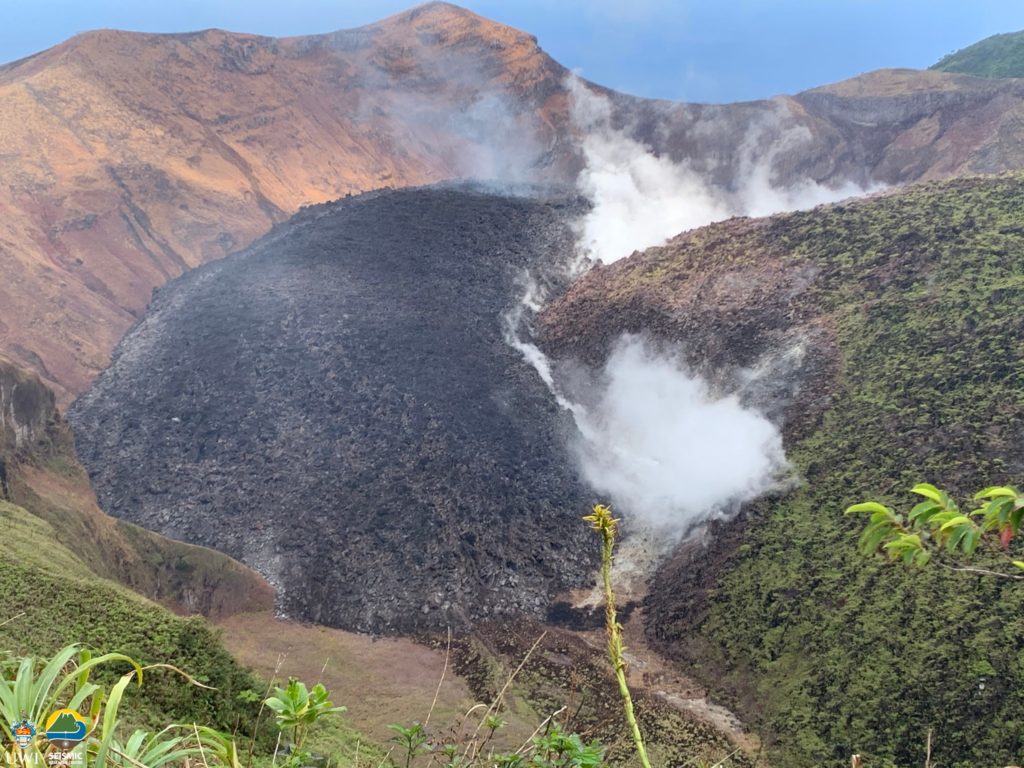
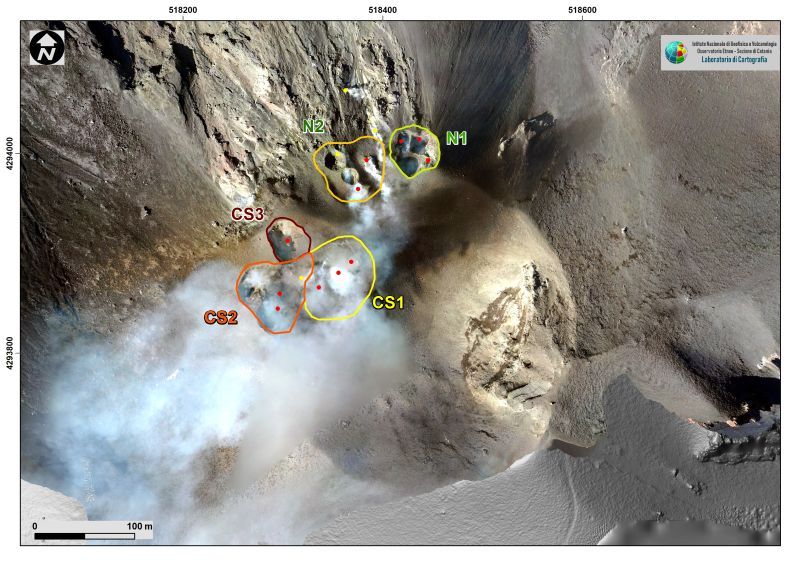

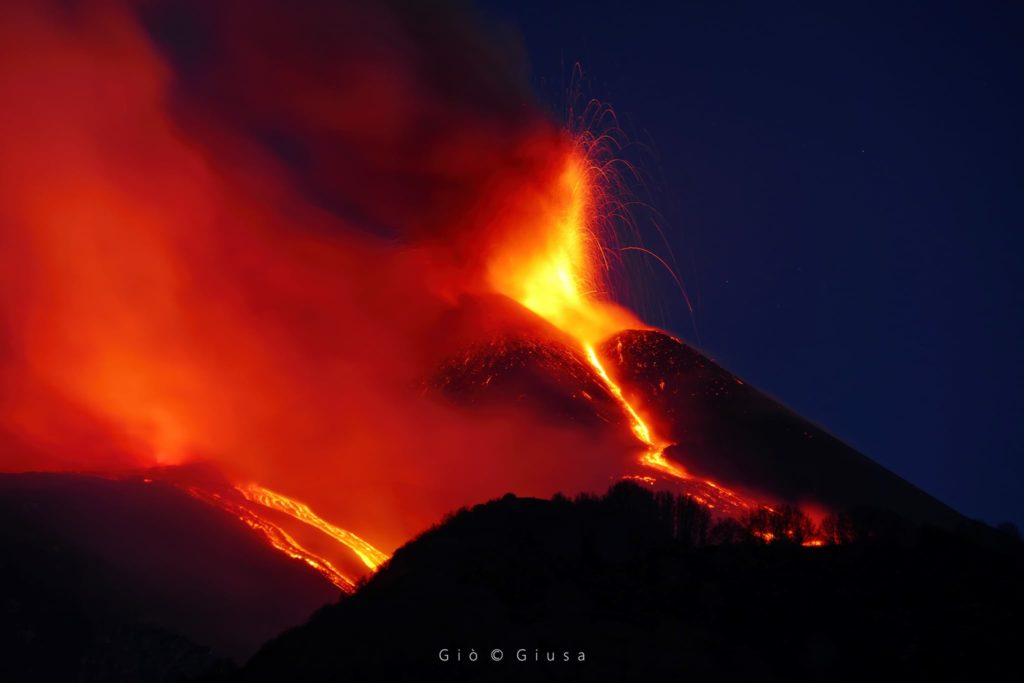
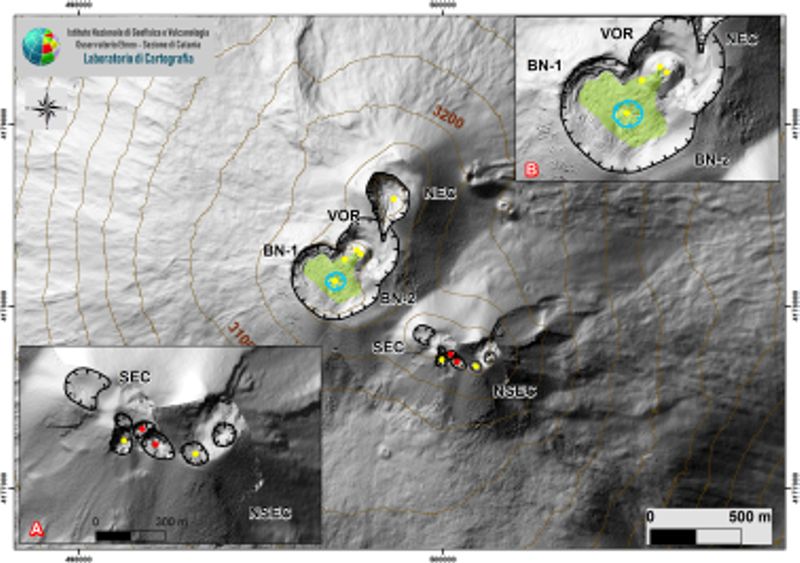
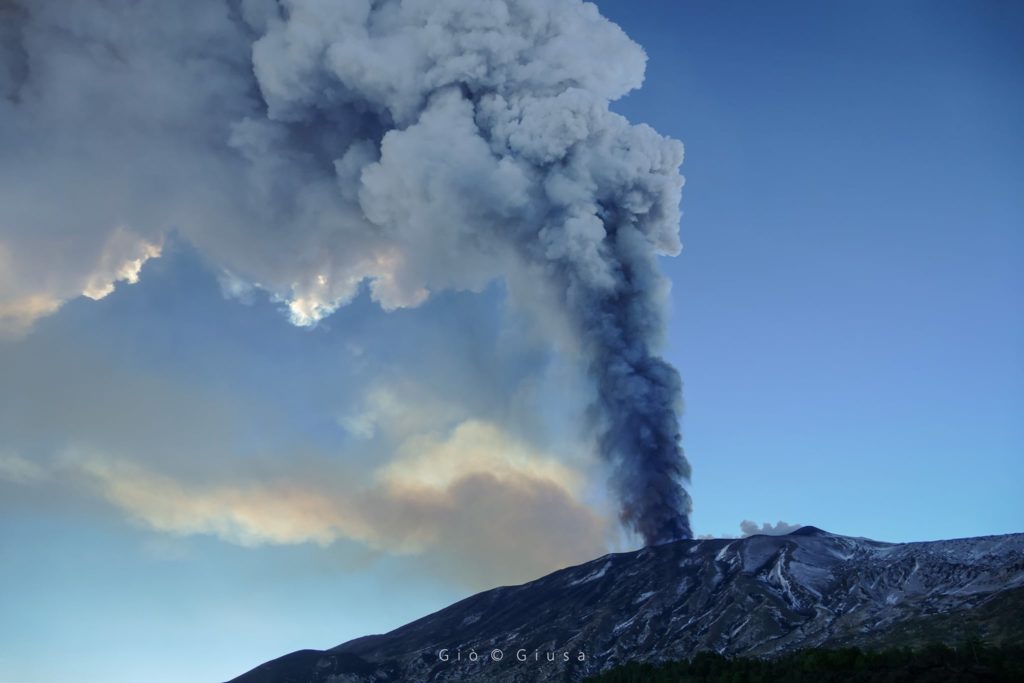
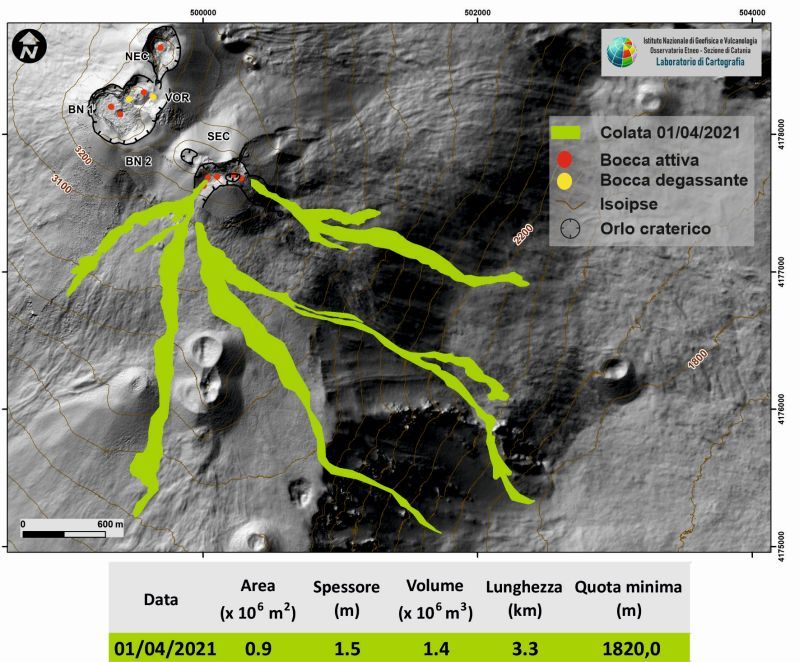
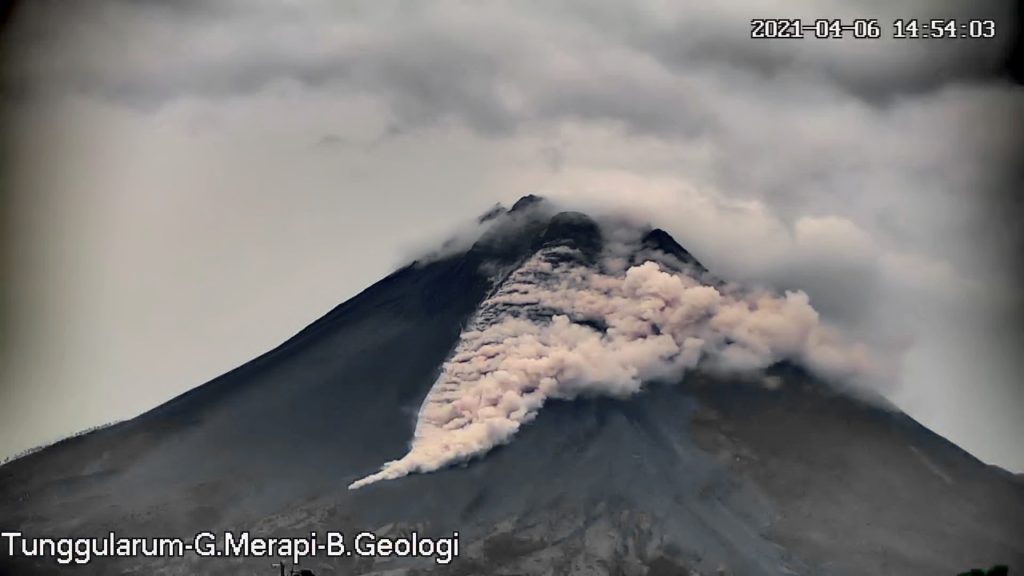
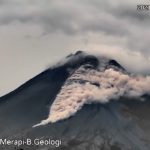
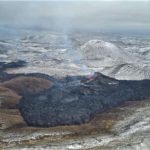
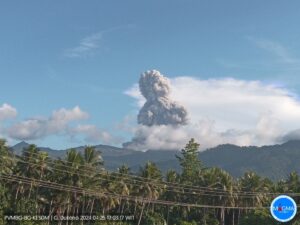

No comment yet, add your voice below!